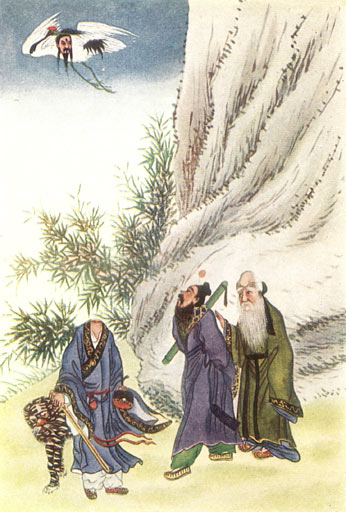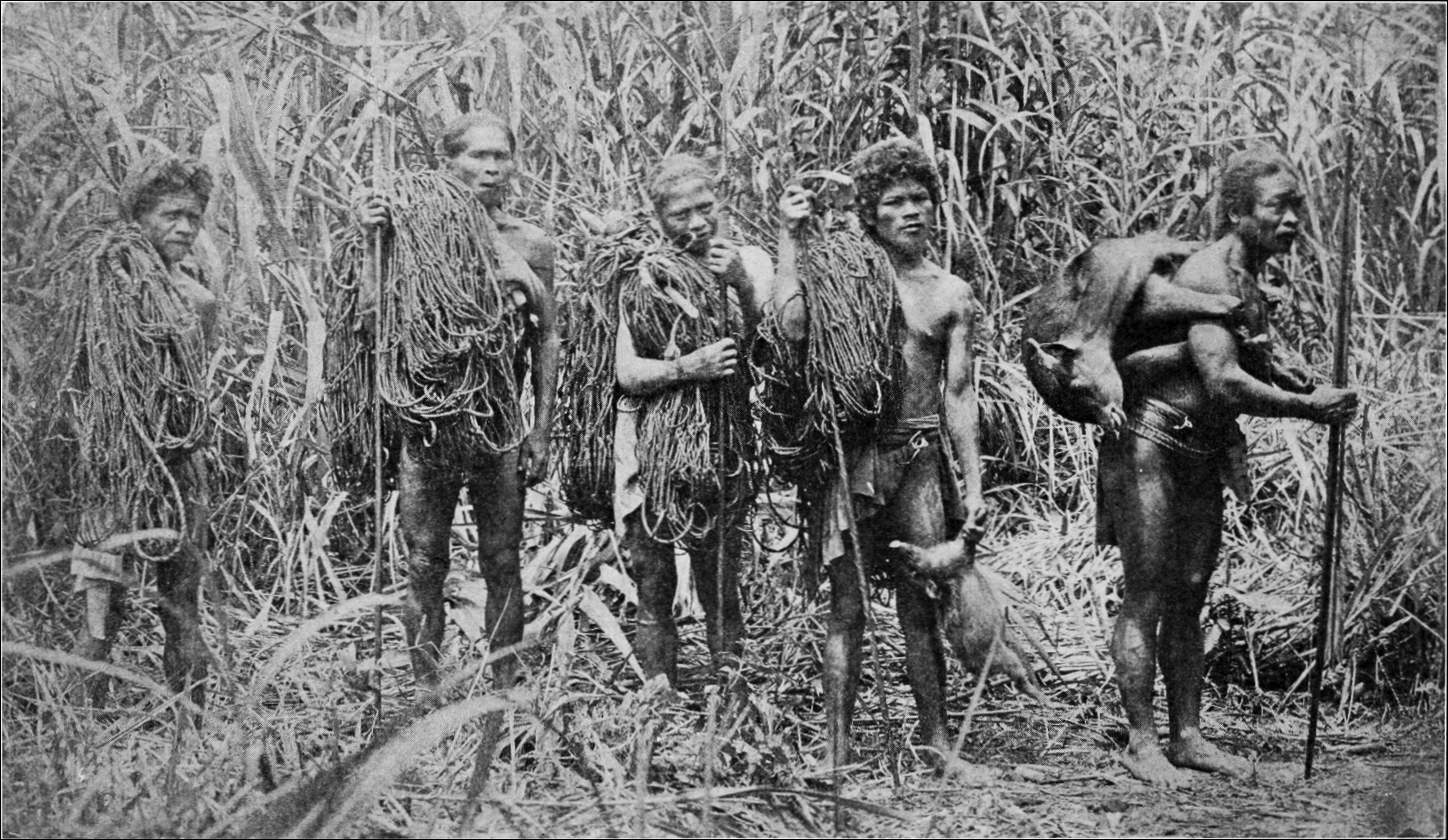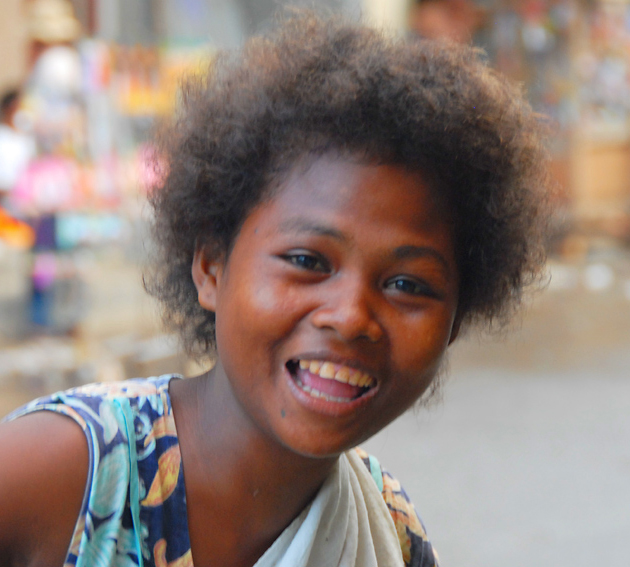|
List Of Hunting Deities
A hunting deity is a god or goddess in mythology associated with the hunting of animals and the skills and equipment involved. They are a common feature of polytheistic religions. Anglo-Saxon mythology * Wōden, leader of the Wild Hunt Aztec mythology * Mixcoatl, god of hunting. * Opochtli, god of fishing. Akan mythology * Ahosu, Goddess of hunting and the protector of wildlife, called upon for successful hunts. In myths, she killed people who overhunted or overharvested the forest’s resources. * Bosomtwe, god of fishing and sailors. Celtic mythology * Arawn, king of Annwn in some Welsh legends and associated with hunting, dogs and stags * Cernunnos, a horned god associated with fertility and hunting * Gwyn ap Nudd, another king of Annwn in Welsh Mythology, associated with the Wild Hunt * Nodens, god associated with healing, the sea, hunting and dogs * Vosagus, Gaulish god of hunting and forests; gives his name to the Vosges region Chinese mythology * Fu Xi, the ... [...More Info...] [...Related Items...] OR: [Wikipedia] [Google] [Baidu] |
La Caza Salvaje De Odín, Por Peter Nicolai Arbo
LA most frequently refers to Los Angeles, the second most populous city in the United States of America. La, LA, or L.A. may also refer to: Arts and entertainment Music * La (musical note), or A, the sixth note *"L.A.", a song by Elliott Smith on ''Figure 8'' (album) * ''L.A.'' (EP), by Teddy Thompson *'' L.A. (Light Album)'', a Beach Boys album * "L.A." (Neil Young song), 1973 *The La's, an English rock band *L.A. Reid, a prominent music producer * Yung L.A., a rapper *Lady A, an American country music trio * "L.A." (Amy Macdonald song), 2007 *"La", a song by Australian-Israeli singer-songwriter Old Man River *''La'', a Les Gordon album Other media * l(a, a poem by E. E. Cummings * La (Tarzan), fictional queen of the lost city of Opar (Tarzan) *'' Lá'', later known as Lá Nua, an Irish language newspaper * La7, an Italian television channel *LucasArts, an American video game developer and publisher * Liber Annuus, academic journal Business, organizations, and government ... [...More Info...] [...Related Items...] OR: [Wikipedia] [Google] [Baidu] |
Jiang Ziya
Jiang Ziya ( century BC – 11th century BC), also known by several other names, also known by his posthumous name as the Duke Tai of Qi, was the founding monarch of the Qi state. He was a military general and strategist who assisted King Wen of Zhou and King Wu of Zhou overthrow the Shang dynasty and establish the Zhou dynasty. Following their victory in the Battle of Muye, he continued to serve as a Zhou minister. He remained loyal to the regent Ji Dan (Duke Wen of Zhou) during the Rebellion of the Three Guards; following the Ji Dan's punitive raids against the restive Dongyi, Jiang was enfeoffed with the land of Qi. He established his seat at Yingqiu (in modern-day Linzi, Zibo, Shandong). He has been worshipped as a war god since the Han and, especially, Tang dynasties. He is also celebrated in Chinese literature, and is one of the main heroes in the Ming-era ''Investiture of the Gods''. Names The first ruler of Qi bore the given name Shang. The nobi ... [...More Info...] [...Related Items...] OR: [Wikipedia] [Google] [Baidu] |
Bontoc People
The Bontoc (or Bontok) ethnolinguistic group can be found in the central and eastern portions of Mountain Province, on the island of Luzon in the Philippines. Although some Bontocs of Natonin and Paracelis identify themselves as Balangao people, Balangaos, Gaddang people, Gaddangs or Kalinga people, Kalingas, the term "Bontoc" is used by linguists and anthropologists to distinguish speakers of the Bontoc language from neighboring ethnolinguistic groups. They formerly practiced head-hunting and had distinctive body tattoos. Geography The Bontoc live in a mountainous territory, particularly close to the Chico River (Philippines), Chico River and its tributaries. Mineral resources (gold, copper, limestone, gypsum) can be found in the mountain areas. Gold, in particular, has been traditionally extracted from the Bontoc municipality. The Chico River (Philippines), Chico River provides sand, gravel, and white clay, while the forests of Barlig and Sadanga within the area have rattan, bamb ... [...More Info...] [...Related Items...] OR: [Wikipedia] [Google] [Baidu] |
Batak People (Philippines)
The Batak are one of about 140 indigenous peoples of the Philippines. They are located in the northeastern portions of Palawan, a relatively large island in the southwest of the archipelago. Since ancient times, the Batak have inhabited a series of river valleys along the coastline of what is today Puerto Princesa City. There are only about 1,500 Batak remaining according to the 2020 census. Also called ''Tinitianes'', the Batak are considered by anthropologists to be closely related to the Aeta of Central Luzon, another Negrito tribe. They tend to be small in stature, with dark skin and frizzy or curly hair, traits which originally garnered the "Negrito" groups their name. Still, there is some debate as to whether the Batak are related to the other Negrito groups of the Philippines or actually to other, physically similar groups in Indonesia or as far away as the Andaman Islands. History The Batak have for centuries combined a hunting-gathering lifestyle with seeding of us ... [...More Info...] [...Related Items...] OR: [Wikipedia] [Google] [Baidu] |
Bugkalot
The Bugkalot (also Ilongot or Ibilao) are an indigenous peoples inhabiting the southern Sierra Madre and Caraballo Mountains, on the east side of Luzon in the Philippines, primarily in the provinces of Nueva Vizcaya and Nueva Ecija and along the mountain border between the provinces of Quirino and Aurora. in Aurora.ph They are also commonly referred to as "Ilongot", especially in older studies, but nowadays, the Bugkalot is preferred in modern ethnic research. They were formerly headhunters. Presently, there are about 18,000 Bugkalots according to the 2020 census. The Bugkalots tend to inhabit areas close to rivers, as they provide a food so ... [...More Info...] [...Related Items...] OR: [Wikipedia] [Google] [Baidu] |
Ati People
The Ati are a Negrito ethnic group and indigenous peoples in the Visayan Islands of the Philippines. Their small numbers are principally concentrated on the islands of Boracay, Panay and Negros. They are genetically related to other Negrito ethnic groups in the Philippines such as the Aeta of Luzon, the Batak of Palawan, the Agta of the Sierra Madres, and the Mamanwa of Mindanao. History The Negritos are the descendants of the same early East Eurasian meta-population, which also gave rise to modern East Asians and Australasians, among other populations of the Asia-Pacific region. The earliest modern human migrations into the Philippine archipelago were during the Paleolithic, around 40,000 years ago, followed by two other migration waves between 25,000 and 12,000 years ago, through the Sundaland land bridges that linked the islands with the Asian mainland. The latest migration wave is associated with the Austronesian peoples (c. 7,000 years ago) from Taiwan. The Philippine Neg ... [...More Info...] [...Related Items...] OR: [Wikipedia] [Google] [Baidu] |
Isnag People
The Isnag people (also referred to as Isneg, Yapayao and Apayao) are an Austronesian ethnic group native to Apayao province in the Philippines' Cordillera Administrative Region, though they are also found in parts of Cagayan, Ilocos Norte, and Abra. Their native language is Isnag language, Isnag, although most Isnag also speak Ilocano. The Isnag, also referred to as Yapayao, trace their origins to the Province of Apayao, though they are also found in parts of Cagayan, Ilocos Norte, and Abra. Their populations are distributed across the municipalities of Calanasan, Kabugao, Pudtol, Flora, Luna, Santa Marcela, and Conner in Apayao; the eastern part of Ilocos Norte, specifically Adams, Carasi, Dumalneg, Vintar, Marcos, Dingras, Solsona, Bangui and Pagudpud; the northwestern part of Cagayan, particularly Santa Praxedes, Claveria, Sanchez Mira, and Pamplona; and the northern part of Abra, particularly Tineg. Name Isnag is derived from a combination of 'IS,' ... [...More Info...] [...Related Items...] OR: [Wikipedia] [Google] [Baidu] |
Tagalog People
The Tagalog people are an Austronesian Ethnic groups in the Philippines, ethnic group native to the Philippines, particularly the Metro Manila and Calabarzon regions and Marinduque province of southern Luzon, and comprise the majority in the provinces of Bulacan, Bataan, Nueva Ecija, Aurora (province), Aurora, and Zambales in Central Luzon and the island of Mindoro. Etymology The most popular etymology for the endonym "Tagalog" is the term ''tagá-ilog'', which means "people from [along] the river" (the prefix ''tagá-'' meaning "coming from" or "native of"). However, the Filipino historian Trinidad Pardo de Tavera in ''Etimología de los Nombres de Razas de Filipinas'' (1901) concludes that this origin is linguistically unlikely, because the ''i-'' in ''ilog'' should have been retained if it were the case. De Tavera and other authors instead propose an origin from ''tagá-álog'', which means "people from the lowlands", from the archaic meaning of the noun ''álog'', meanin ... [...More Info...] [...Related Items...] OR: [Wikipedia] [Google] [Baidu] |
Lumad
The Lumad are a group of Austronesian indigenous peoples in the southern Philippines. It is a Cebuano term meaning "native" or "indigenous". The term is short for Katawhang Lumad (Literally: "indigenous people"), the autonym officially adopted by the delegates of the Lumad Mindanao Peoples Federation (LMPF) founding assembly on 26 June 1986 at the Guadalupe Formation Center, Balindog, Kidapawan, Cotabato. Usage of the term was accepted in Philippine jurisprudence when President Corazon Aquino signed into law Republic Act 6734, where the word was used in Art. XIII sec. 8(2) to distinguish Lumad ethnic communities from the islands of Mindanao. Mindanao is home to a substantial part of the country's indigenous population, comprising around 15% of the Philippine population.National Statistics Office. "Statistics on Filipino Children." Journal of Philippine Statistics, vol. 59, no. 4, 2008, p. 119. History The name ''Lumad'' grew out of the political awakening among tribes ... [...More Info...] [...Related Items...] OR: [Wikipedia] [Google] [Baidu] |
Bastet
Bastet or Bast (), also known as Ubasti or Bubastis, is a goddess of ancient Egyptian religion, possibly of Nubian origin, worshipped as early as the Second Dynasty (2890 BC). In ancient Greek religion, she was known as Ailuros (). Bastet was worshipped in Bubastis in Lower Egypt, originally as a lioness goddess, a role shared by other deities such as Sekhmet. Eventually Bastet and Sekhmet were characterized as two aspects of the same goddess, with Sekhmet representing the powerful warrior and protector aspect, and Bastet, who increasingly was depicted as a cat, representing a gentler aspect.Serpell, "Domestication and History of the Cat", p. 184. Name Bastet, which is the form of the name that is most commonly adopted by Egyptologists today because of its use in later dynasties, is a modern convention offering one possible reconstruction. In early Egyptian hieroglyphs, her name appears to have been ''bꜣstt''. James Peter Allen vocalizes the original form of the name as '' ... [...More Info...] [...Related Items...] OR: [Wikipedia] [Google] [Baidu] |
Wepwawet
In Egyptian mythology, Wepwawet ( hieroglyphic ''wp-w3w.t''; also rendered Upuaut, Wep-wawet, Wepawet, Apuat, and Ophois) was originally a jackal deity of funerary rites, war, and royalty, whose cult centre was Asyut in Upper Egypt (Lycopolis in the Greco-Roman period). His name means ''opener of the ways'' and he is often depicted as a wolf standing at the prow of a solar-boat. Some interpret that Wepwawet was seen as a scout, going out to clear routes for the army to proceed forward. One inscription from the Sinai states that Wepwawet "opens the way" to king Sekhemkhet's victory.Remler, p.170 In royal and religious processions, Wepwawet was often depicted on the first standard, opening the way for subsequent standards. He also stands at the prow of the Barque of Ra, usually in human-headed form. Wepwawet originally was seen as a jackal, or, according to some, a wolf deity, with his cult center being at the '' Lycopolis'', (meaning ''city of wolves'' in Greek). He is one of t ... [...More Info...] [...Related Items...] OR: [Wikipedia] [Google] [Baidu] |
Artemis
In ancient Greek religion and Greek mythology, mythology, Artemis (; ) is the goddess of the hunting, hunt, the wilderness, wild animals, transitions, nature, vegetation, childbirth, Kourotrophos, care of children, and chastity. In later times, she was identified with Selene, the Lunar deity, personification of the Moon.Smiths.v. Artemis/ref> She was often said to roam the forests and mountains, attended by her entourage of nymphs. The goddess Diana (mythology), Diana is her Religion in ancient Rome, Roman equivalent. In Greek tradition, Artemis is the daughter of Zeus and Leto, and twin sister of Apollo. In most accounts, the twins are the products of an extramarital liaison. For this, Zeus' wife Hera forbade Leto from giving birth anywhere on solid land. Only the island of Delos gave refuge to Leto, allowing her to give birth to her children. In one account, Artemis is born first and then proceeds to assist Leto in the birth of the second twin, Apollo. Artemis was a kouro ... [...More Info...] [...Related Items...] OR: [Wikipedia] [Google] [Baidu] |






